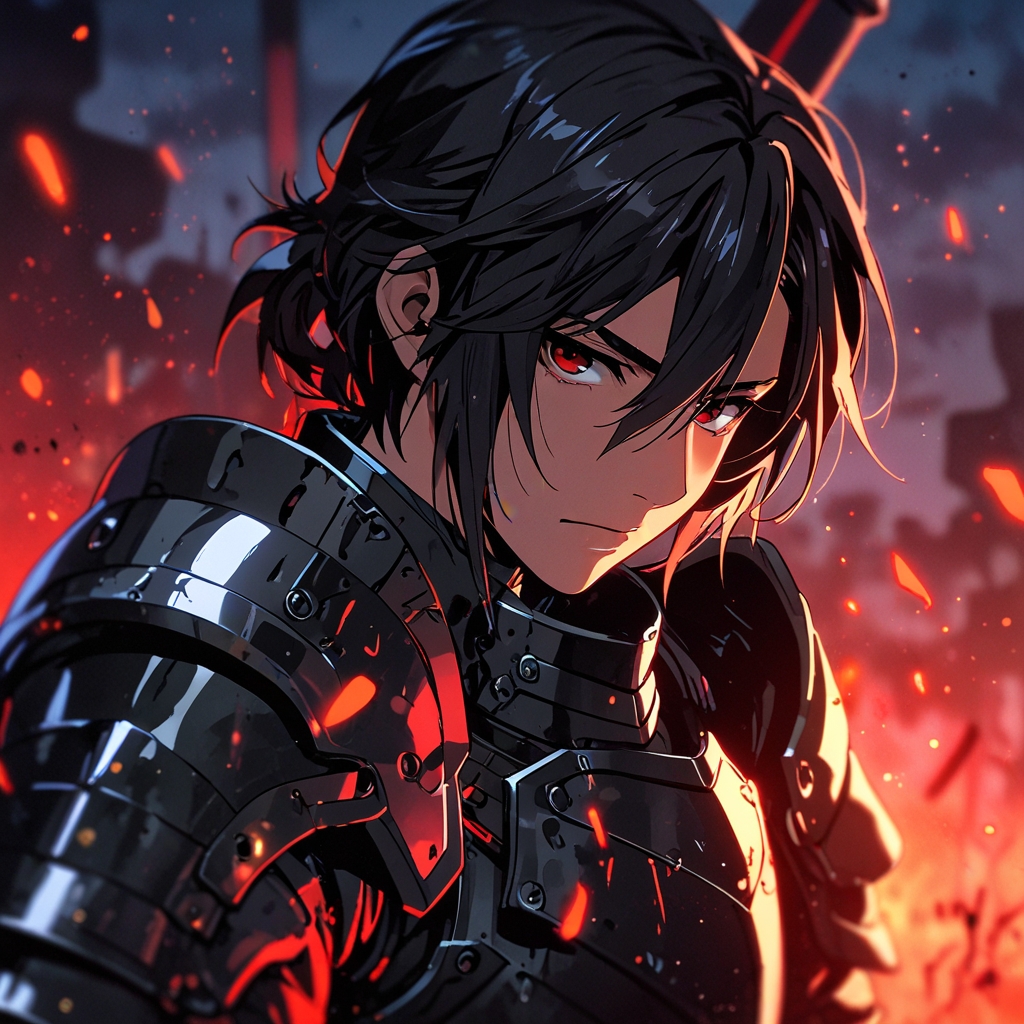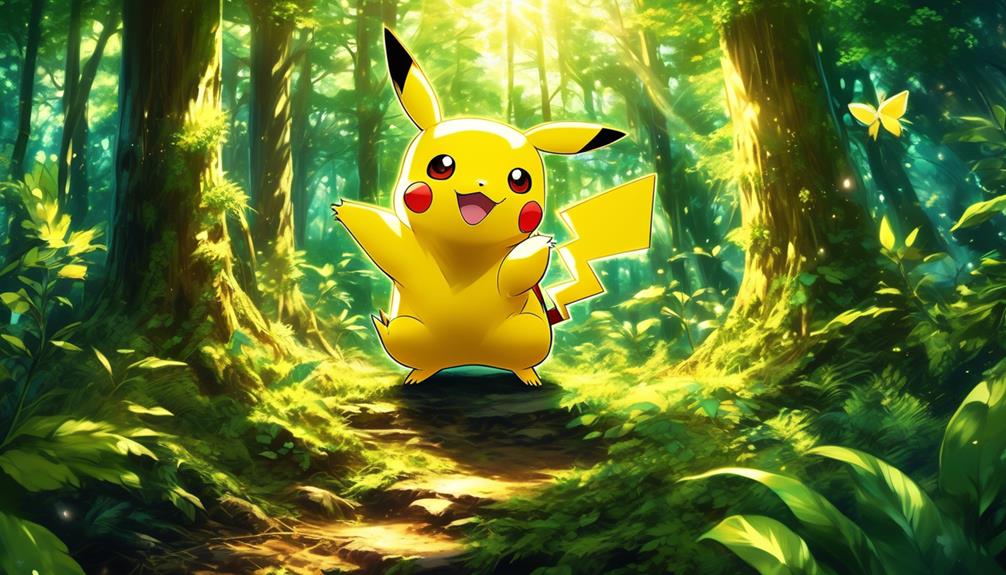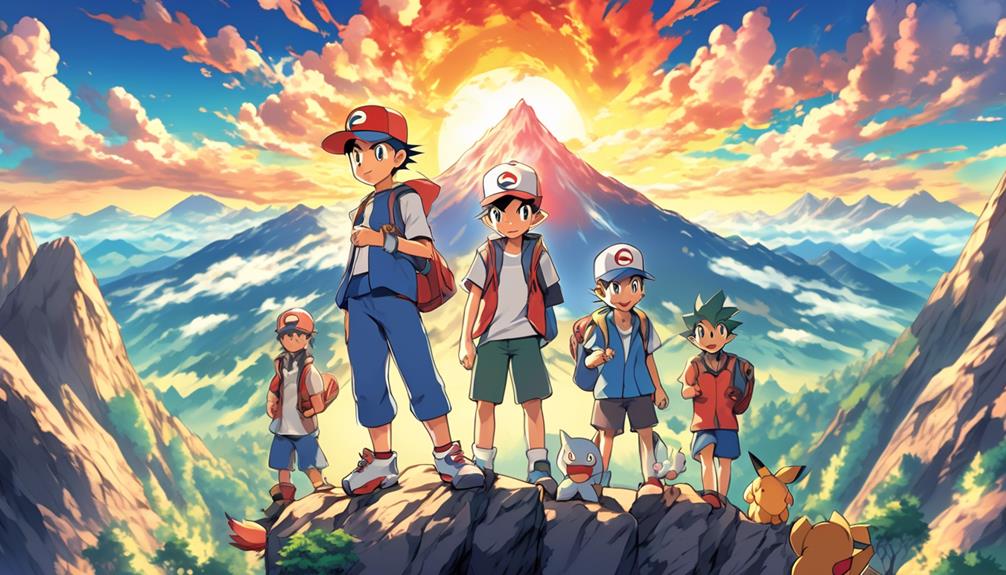As we explore the world of anime, we're struck by its mesmerizing blend of vibrant visuals and captivating storytelling. But what exactly is anime, and what sets it apart from other forms of animation? We're about to uncover the unique characteristics, rich history, and cultural significance that have made anime a global phenomenon. From its early beginnings to its current diverse range of styles and genres, we're eager to dive into the fascinating world of anime – and we're just getting started.
Understanding Anime Basics
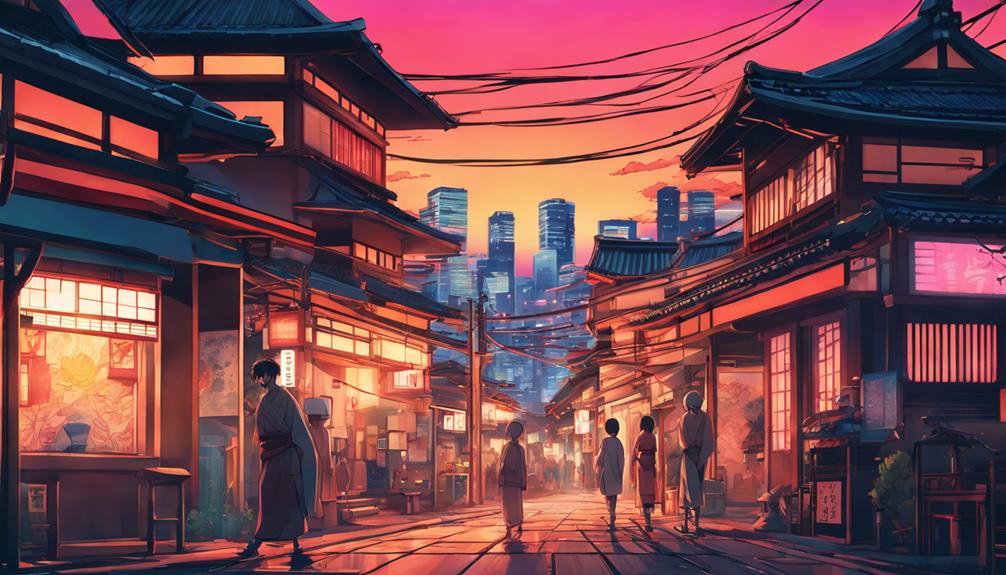
As we dive into the world of anime, let's start with the basics: what exactly is this style of Japanese animation that has captured the hearts of millions worldwide?
At its core, anime is a distinct art form that combines stunning visuals, engaging storytelling techniques, and vibrant colors to create an immersive experience. We're talking exaggerated features like large eyes and quirky hairstyles that bring characters to life.
But what sets anime apart is its meticulous production process, involving weeks of writing, storyboarding, and voice acting to create a single episode. The result? A diverse medium that spans genres from action-packed adventures to romantic comedies.
And let's not forget its global popularity, which has influenced Western animation and made anime a staple of modern entertainment. With its unique blend of style, storytelling, and cultural flair, it's no wonder anime has become a cultural phenomenon.
History of Japanese Animation
Diving into the fascinating history of Japanese animation, we uncover a rich tapestry of artistic innovation and cultural influence that has shaped the global animation landscape.
The roots of anime date back to 1917 with the release of 'Namakura Gatana,' the first confirmed anime. Traditional Japanese art forms like Bunraku theater puppets and ukiyo-e prints heavily influenced the development of anime, giving it a unique flavor.
Early pioneers like Ōten Shimokawa and Seitarō Kitayama made significant contributions to the evolution of anime techniques. The game-changer, however, was Osamu Tezuka's adaptation of Disney animation techniques in the 1960s, which revolutionized the industry and led to the success of iconic series like Astro Boy.
This fusion of Eastern and Western influences catapulted Japanese animation onto the global stage.
As we delve deeper into the history of Japanese animation, we see a cultural phenomenon that hasn't only shaped the anime we know today but also continues to inspire new generations of animators and fans alike.
Anime Styles and Techniques
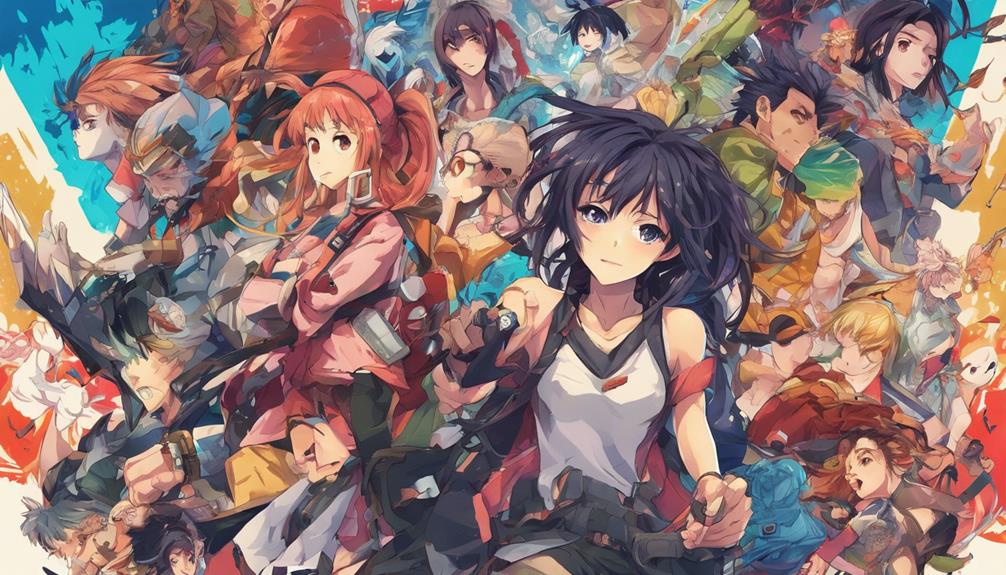
When we think anime, we think style – and that's because anime's distinctive visual language is a deliberate fusion of artistic techniques, clever storytelling, and cultural nuances that have evolved over the years to create a unique aesthetic that's equal parts captivating and memorable. Anime's visual appeal lies in its bold, exaggerated designs, vibrant colors, and iconic imagery that sear themselves into our brains.
From unique hairstyles to memorable characters, every aspect of anime's visual identity is carefully crafted to leave a lasting impression. Behind the scenes, anime production utilizes techniques like cel animation and computer-generated imagery to bring the characters and world to life. But it's not just about the tools – anime's cinematic camera techniques and clever use of visual symbols, like facial expressions and body language, add depth and emotion to each scene.
The result is a visual language that's both instantly recognizable and utterly captivating. In short, anime's style is more than just a sum of its parts – it's an art form that's equal parts captivating and unforgettable.
Genres and Target Audiences
We often find ourselves gravitating towards specific anime genres that resonate with our unique tastes and sensibilities, and it's no secret that different demographics are catered to through a diverse range of styles and themes. From action-packed adventures to romantic comedies, anime has something for everyone.
But have you ever wondered who these shows are really for? Let's dive into the world of anime genres and their target audiences.
Shonen anime, like Naruto and One Piece, target young boys with themes of friendship, adventure, and growth. On the other hand, Shoujo anime, such as Sailor Moon and Cardcaptor Sakura, cater to young girls with romantic storylines and emotional depth.
As we grow older, our tastes shift, and so do the genres. Seinen anime, like Berserk and Ghost in the Shell, target adult men with mature themes, complex characters, and darker storylines. Meanwhile, Josei anime, like Nana and Paradise Kiss, focus on realistic portrayals of relationships, emotions, and everyday life, targeting adult women.
With such a wide range of genres and target audiences, it's no wonder anime has become a global phenomenon.
Industry and Cultural Impact
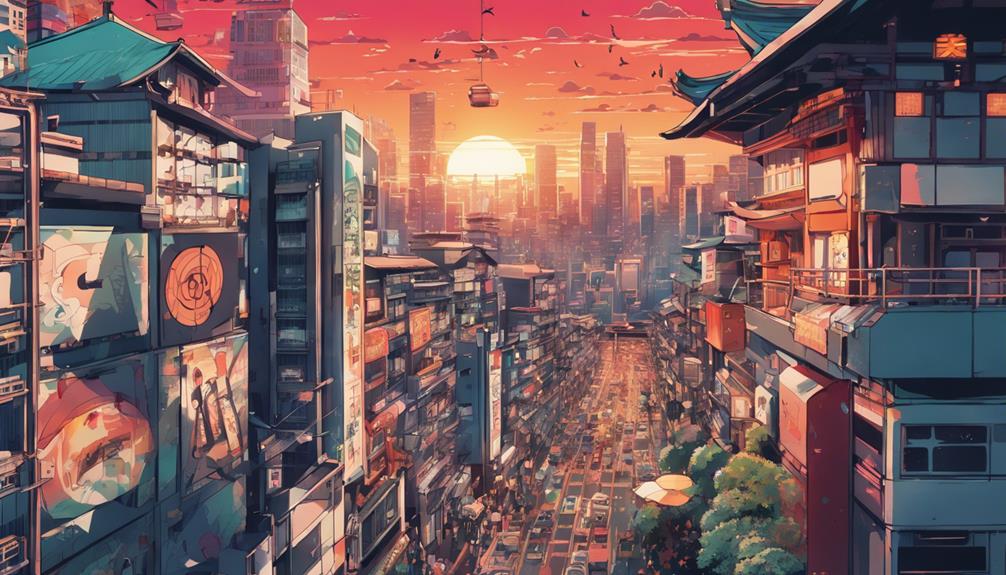
Beyond the screens, the anime industry is a behemoth of creativity, comprising over 430 production companies that churn out a staggering array of shows, films, and OVAs that have become an integral part of modern Japanese popular culture. We're talking big business here, folks!
Japanese animation accounted for a whopping 60% of the world's animated TV shows in 2016, solidifying its global influence and popularity. And let's not forget the economic impact – the anime market contributed a significant 7% to the Japanese film market in 2001.
But it's not just about the Benjamins; anime has cultural significance too. The Akihabara district in Tokyo is a mecca for fans, showcasing the industry's value and influence. Many anime adaptations are based on manga, light novels, or video games, with production costs ranging from $100,000 to $300,000 per episode. That's some serious cash invested in bringing these imaginative worlds to life!
The industry's cultural impact is undeniable, with anime becoming an ambassador for Japanese pop culture worldwide. We're thrilled to be a part of this vibrant, ever-evolving world of animation!
